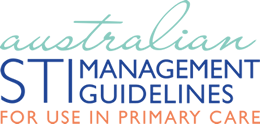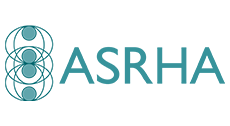Adult sexual assault
Overview
- In the primary care setting sexual assault presentations may be from a historical or recent incident.
- Always ask the client whether they want to involve the local Police Service or Sexual Assault Response Team.
- The following guideline is to help the clinician provide safe and comprehensive care to a person who has been sexually assaulted and may or may not want to make a complaint to the police at the time of the consultation.
- These guidelines can be used before or after a forensic examination.
- Ensure that the client is offered the option of forensic evidence collection; availability of medical-forensic services and timeframes vary from state to state.
- Assess psychosocial wellbeing and need for further support at each visit.
- Anyone disclosing recent or past sexual assault should be offered crisis counselling. This can be provided by 1800 RESPECT.
- Medical notes including an account of the assault, injury documentation, sexually transmitted infection (STI) tests and their results may be subpoenaed. You may be called to give evidence in court; therefore, your notes need to be precise.


